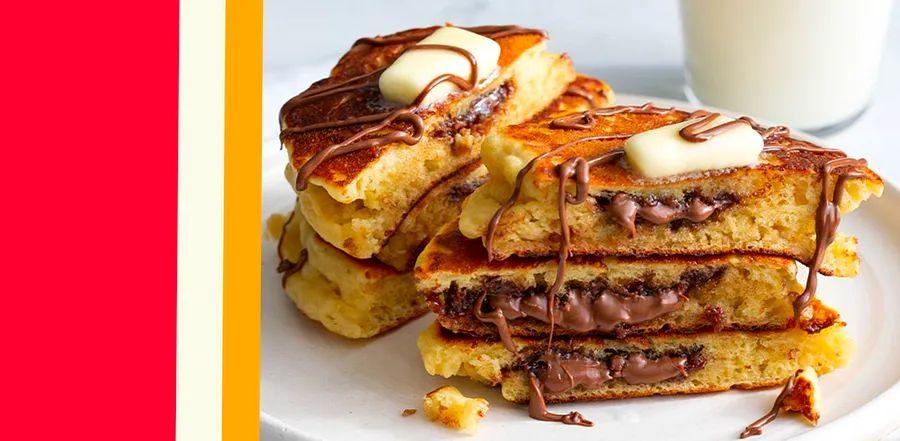Is Italian Nutella Truly Superior to American Nutella?

If you've ever browsed our magazine or explored our recipe archives, you'll know we're big fans of all things spreadable. From soft cheeses and butters to nut butters, jams, hummus, tapenade, and chutneys, we can't get enough—and you can bet most of these are stocked in our kitchen right now.
Among our favorite pantry staples is Nutella. And it's no surprise, since the Ferrero Group, the company behind Nutella, produces so much of the iconic chocolate-hazelnut spread that they control around 25% of the global hazelnut supply, as Giovanni Ferrero, grandson of Nutella's creator, shared with BBC News.
Nutella's fanbase is so devoted that in May 2017, the brand even opened an entire restaurant dedicated to it—Nutella Café Chicago. And for those truly passionate about the spread, there's even a World Nutella Day on February 5, as confirmed by the brand itself.
As we covered in our Nutella guide, the chocolate-hazelnut spread was originally known as Giandujot and SuperCrema before it was rebranded as Nutella in 1964. However, its origins go back to 1925, when creator Pietro Ferrero first began experimenting with hazelnuts and cocoa in his own kitchen.
Nutella is now made in 11 factories worldwide, according to Ferrero in their BBC News interview. This global production creates opportunities for variations in the recipe. So, how does Nutella made in Italy compare to the American version?
Italian Nutella vs. American Nutella
Most of the Nutella sold in the U.S. originates from factories in Mexico or Canada. Whether produced there, in Italy's two factories, or one of the seven other locations across Europe and South America, the ingredient list for Nutella remains largely unchanged:
- Sugar
- Palm oil
- Hazelnuts
- Skim milk powder
- Cocoa
- Lecithin as emulsifier (soy)
- Vanillin (an artificial flavor)
The key differences between the two versions are the recommended serving size—15 grams in Europe and 37 grams in the U.S.—and some additional details found on European labels. For example, European Nutella clearly states that 13% of the product is hazelnuts, and 7.4% is cocoa. These proportions aren’t disclosed for American Nutella, which is why many who have tasted both report subtle differences in color, flavor, and texture.
American Nutella tends to be lighter in color, with a flavor that leans more toward chocolate and sugar, and a thinner, oilier texture than its Italian counterpart. Italian Nutella is often described as darker, richer, and more nutty in flavor and texture, with a stronger hazelnut presence.
The Final Verdict
Nutella produced in all 11 factories worldwide shares the same seven basic ingredients: sugar, oil, hazelnuts, milk, cocoa, lecithin, and vanillin. While the Nutella website and packaging don't explicitly state it, many taste-testers believe that Italian Nutella may contain more hazelnuts than the American version, which claims 50 nuts per jar.
But the only real way to settle the debate is to try both versions yourself. You can order European Nutella from places like Italy or the UK on Amazon. Many who’ve done so have mixed opinions. One reviewer says, "It's so much better than the American version. Totally worth the price," while another replies, "I couldn't taste any difference from the Nutella I buy in stores."
Alternatively, you can experiment with our five-star Copycat Nutella Recipe, adjusting the ingredients to your taste preferences—plus, you'll save money compared to the store-bought version!

1

2

3

4

5
Evaluation :
5/5